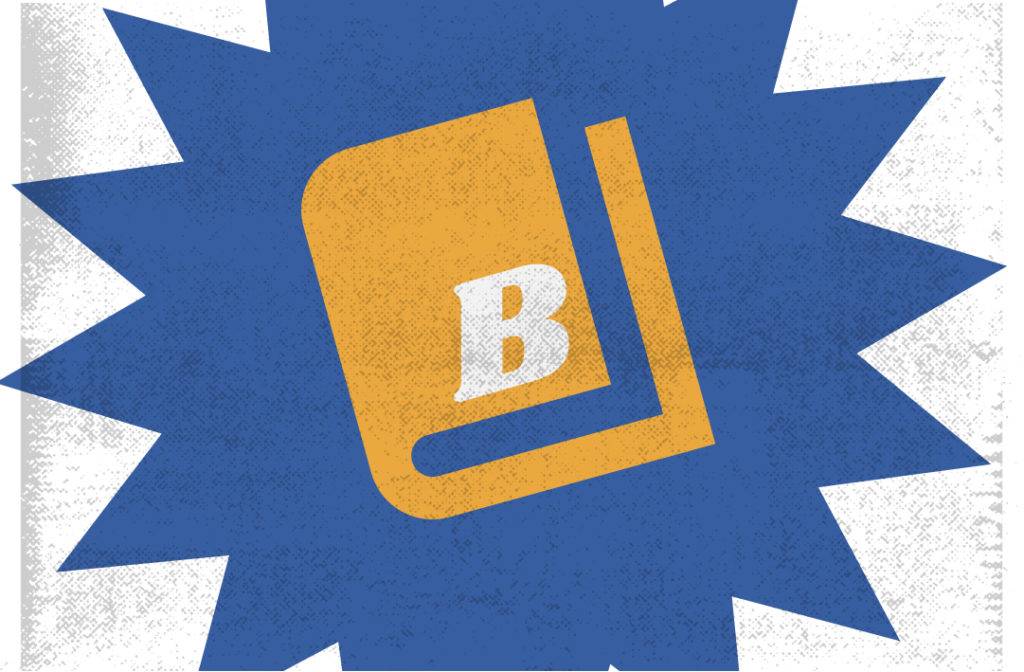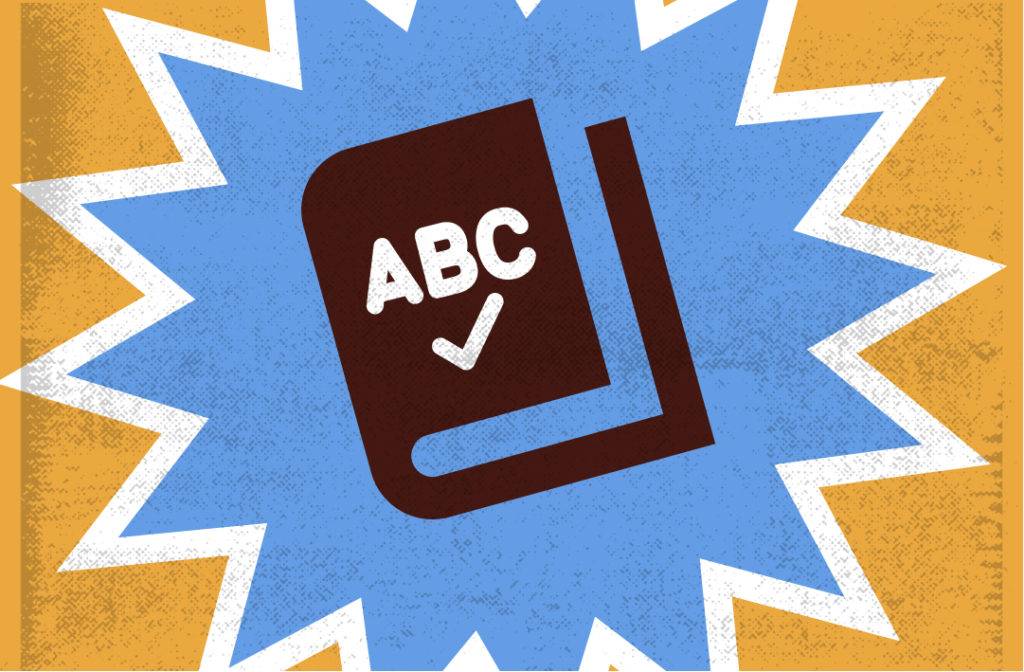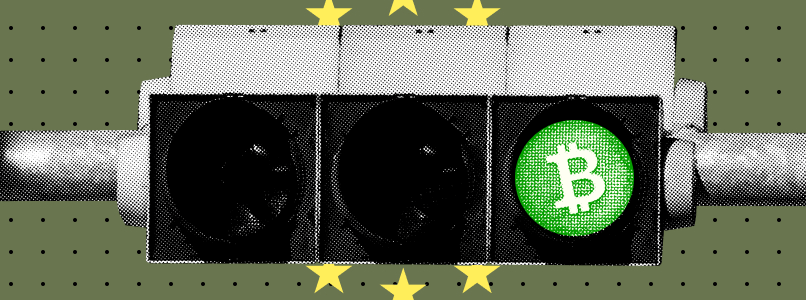Traders, i.e., people who trade on the stock market, seem to speak their own language. This specialized vocabulary can often be intimidating to beginners. But once you know the terminology, it all becomes much clearer. To help you make sense of trading jargon, let’s first look at the basic, then the more advanced terms.
Basic Trading Terms
The words you need to know to understand market information.

- Profit – income received from trading after accounting for the initial investment. For example, when John bought ETH at 1500 and sold it at 1700, he received a profit of 200.
- Asset – any object that is bought or sold through the exchange with the intention to make a profit. Broadly speaking, assets come in three different categories, based on convertibility (current and noncurrent assets), physical existence (tangible and intangible assets), and usage (operating and non-operating assets). But you can refer to assets simply by the type of thing being sold. For example, oil barrels or Brent shares are an oil asset, while an Ethereum coin (ETH) is a cryptocurrency asset. Tokens and other types of coins are also considered cryptocurrency assets.
- Transaction – an agreement to buy or sell an asset. There are two types – a “bear” transaction and a “bull” transaction. They can be losing or profitable. A transaction is profitable if the difference between buying and selling is greater than the cost of buying.
- Stocks – a part of a company or corporation bought on the exchange. When a company has income, it pays dividends to its shareholders. A certain number of stocks give the right to be on the board of directors. From the company’s point of view, a shareholder is an investor.
- Fiat money – dollars, yen, francs, etc., a government-issued currency that is not backed by a commodity such as gold.
- Commodity – a physical asset such as gold, silver, coffee, barrels of Brent oil, etc.
- Stockholder – a person who owns shares to make a profit or to manage a company.
- Dividends – a percentage of a company’s income paid to stockholders for their contribution.
- To trade – to make a deal for buying assets to make a profit. Trading can be profitable or losing.
- Trader – someone who is engaged in making profits from exchanging assets on the exchange.
- Trading instrument – any way of making money from trading is an instrument. For example, the currency pair USD-BTC is a trading instrument.
- Market player – a person or organization engaged in trading on the exchange.
Advanced Trading Terms
Difficult technical terminology explained.

- Capitalization – how much money is being traded as a single asset in total. For example, an all-time total of $200 billion has been invested in Ethereum to date; this is its capitalization.
- Daily trading volume – the amount of money that has been traded in the last 24 hours. For active cryptocurrencies, the trading volume will usually be 10-15% of the total capitalization. For example, on March 12, 2021, Bitcoin’s capitalization to its daily trading volume was 11.2%. But there are exceptions. On March 12, 2021, the daily trading volume of USDT to its capitalization was 225%. This makes it a super-active cryptocurrency.
- Whales – market players that hold large amounts of assets. Wall Street hedge funds are examples of whales in the fiat world. The purpose of a whale is to make a profit by price manipulation. This is usually achieved by simultaneously selling a large number of assets for as much as 2/3 the size of the daily trading volume. Such actions cause the price to fall, after which the whale buys the asset and waits for it to rise to repeat the cycle.
- Portfolio – a set of assets owned by a trader. A portfolio can include stocks, bonds, government bonds, cryptocurrencies, real estate, and any other asset that can make money. Portfolios of cryptocurrency are also referred to by terms such as “Cryptoportfolio,” “Blockfolio,” or “Cryptofolio.”
- To fix profit – the result of trading. When a trader buys assets, he sets himself an exit point – the price at which he will sell. When this point comes, the trader sells assets from the portfolio to make a profit. When he manages to execute the trade and make a profit, the trader is said “to have fixed a profit.”
- Order – the process by which a trader makes a transaction to buy or sell an asset. When a trader places his order on an exchange, he is said “to have opened an order.” If the trader succeeds in buying or selling the desired asset, the trader is said “to have closed the order.”
- Neo-traders, nubs, newbies, beginners – traders or speculators who have little experience in trading.
- YOLO – as in, “you only live once;” a recent trader’s term that refers to a situation where a person uses all available money to buy one asset that he/she considers to be highly profitable.
- Position – the result of “opening an order.” A position will be any asset the trader holds on the exchange profile for the purpose of selling or buying. For example, if a trader has a trade to buy 20 ETH coins, this is called an “open position.”
- Price point, candlestick – a tool that shows how much an asset was worth at a particular moment. Price points can be viewed in increments from 5 minutes to one year. For example, a price point or candlestick in 15-minute increments on an Ether chart represents a price between 2:15 and 2:30. A candlestick in 1-day increments reflects how much the Ether was worth at midnight on the 27th and at midnight on the 28th.
- Bullish trend – a period when the price of an asset is rising. Imagine that a bull raises the market on its horns and prices rise. During a bullish trend, traders are convinced that the price of an asset will go up. Those who play on higher prices are called bulls.
- Bearish trend – a period in the market when the price goes down. Imagine that a bear falls into the market, presses it down with its belly, and prices fall. During a bearish trend, traders are convinced that the price will go down. Those who play on lower prices are called bears.
- Liquidation – when an exchange forcibly closes a trader’s position due to their loss. Relevant in margin trading.
- Margin trading – the process of making trades using money borrowed from the exchange.
- Leverage – the procedure of borrowing money from the exchange. For example, leverage 1 to 10 will mean, if you put 100 USD on your deposit, the exchange will give 1,000 USD on top for trading. By default, the exchange does not allow a trader to fall below their own money in a single trade.
- Classic trading – the process of making trades without leverage.
- Take Profit – a mechanism that is used to sell an asset at a set price automatically. For example, trader Mike is sure that by April 23, Ether will be worth $2,000. Then, he buys 20 ETH coins and gives the exchange bot the command “Sell 20 ETH coins when the price reaches $2,000 per piece.” Then, the position is handled automatically by the exchange bot, which sells the coins if the price rises to $2,000.
- Stop Loss – an automatic mechanism that protects the trade from turning into a loss. It works like this: the following condition is added to the deal to prevent it from going in the red: “Watch the market. If the price starts to fall to the X mark, sell the asset.” Stop Loss is recommended to be used for each transaction. It is implemented in exchanges as a separate field in the column when purchasing the asset, filling it out gives a guarantee that the asset will be sold before the position becomes unprofitable.
- Long – betting on a rising rate and opening a position to buy an asset in order to sell it later at a higher price. For example, when Nik is convinced that ETH will rise from $1,800 to $2,000, he opens a long position by buying one Ether. Once the exchange rate reaches $2000, Nik sells the coins and gains $200 on the rise or fixes a profit.
- Short – a mechanism of behavior whereby traders bet on a fall in the exchange rate. It is slightly more complicated than a long trade. For example, trader Alexander is sure that cryptocurrencies are a bubble that is about to burst. To back up his confidence, he borrows 1 ETH coin from a broker and agrees that he will give the coin back in 3 days. Immediately after that, Alexander goes to the exchange and places an order to sell Ether, generating $1,800 on this. But the debt has to be paid back, and this is what happens: when Ether falls to $1400, Alexander buys back the coin, pays back the debt to the broker, and keeps $400 for himself.
- Support level – the belief that if the price drops to a certain figure, then it will begin to rise up. For example, Mike is convinced that Ether’s resistance level is $1,500, so he mortgages the car, the house, and all his possessions in preparation for a fall in the rate. Let’s say Mike is right. And when the exchange rate dropped to $1,500, he bought 20 ETH coins. After 24 hours of intense waiting, the price rose to $1,700, and Mikhail managed to make $200 from each coin.
- Resistance level – the belief that the price will rise to some level and begin to fall. For example, Nik is persuaded that crypto is the future but realizes that not everyone thinks so and concludes: after $1,800 per coin Ether will start to fall. Nik then buys coins at $1,700. In order not to go into the red, he sets Take Profit for half of the coins at $1,750 and the other half at $1,790. Who knows what’s going to happen, right? Right. When Ether reaches $1,793, the exchange’s trading bot sells Nik coins. And the trader gets $50 apiece from selling the first half of the coins and $90 apiece from selling the second half. Later, when the price reaches $1,850, Nik will be eating his heart out, but if the price instead continued to fall below $1,700, Nik would have avoided a loss thanks to correctly predicting the resistance level.
- Trendline – the direction of the price of an asset. For example, if the price of ETH was $1,790 on Monday and reached $1,890 on Friday, Ether is said to have a long-term rising trend. The other situation is if on the three-hour chart the price will gradually go down. This is called a short-term downtrend.
- Breakout – when the price of an asset moves above a resistance level, or below a support level. For example, 50 traders are convinced that the resistance level of Ether is at $1,600. People buy coins at $1,500 and wait for Ether to reach $1,600 so they can sell it before it goes down again. At first, it looks like they are right, the exchange rate has reached $1,600. The traders make deals to sell the coins as the price goes down to $1,590. But the cryptocurrency world is unpredictable. Ether reverses, rises above $1,600, and breaks the resistance point. Traders are shocked and 25 out of 50 start buying Ethereum, hoping to sell it even higher. This creates a new resistance point of $1,800 per coin. A breakout is considered a major and important event.
- Oscillators, metrics, tools – instruments that measure where the price is moving and what is happening to it. There are three standard tools: SMA (simple moving average), EMA (exponential moving average), and RSI (relative strength index). They come with a number that represents a multiplicity value. For example, the SMA20 has a multiplicity of 20 and shows the average price of an asset over 20 timeframes on the chart. On a 1-5 minute chart, the SMA20 will read the average price at 20 price points and show it as a line. When the short SMA20 falls on top of the long SMA100 it is considered as a signal of a change in trend.










